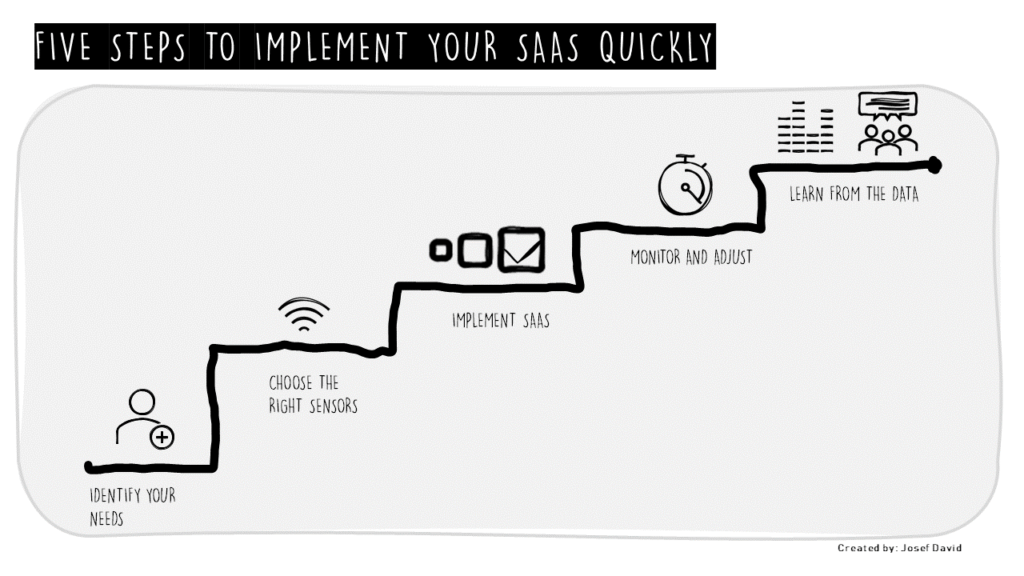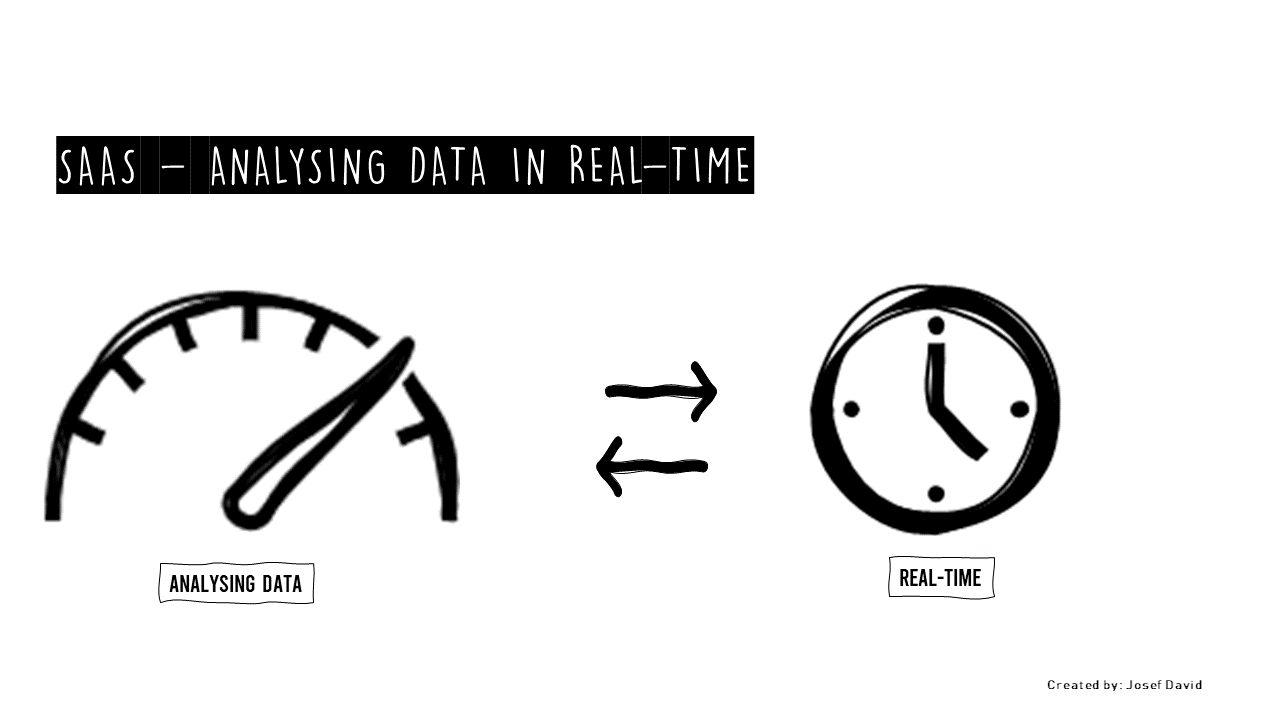Cracking the SENSOR AS A SERVICE Code: From Data to Information to Knowledge
The digital age has brought with it an explosion of data. Every day, we generate and collect vast amounts of information, from the mundane to the complex. However, the challenge lies not in the collection of this data, but in its interpretation and application. How do we convert this raw data into meaningful information and ultimately into actionable knowledge? This is where SENSOR AS A SERVICE (SAAS) comes into play.
The Problem: Converting Data into Knowledge
In today’s fast-paced world, businesses are constantly seeking ways to gain a competitive edge. One way to achieve this is by leveraging the power of data. However, the sheer volume and complexity of data can be overwhelming. It requires significant time and resources to sift through this sea of information, identify patterns, draw conclusions and make informed decisions. This process is not only costly but also time-consuming, leading to potential competitive decline.
The Solution: SENSOR AS A SERVICE
SENSOR AS A SERVICE offers a solution to this problem. It is a system that analyses the data generated by sensors in real-time. These sensors can be anything from temperature sensors in a smart home system to motion sensors in an autonomous vehicle. The key here is that these sensors are not just collecting data; they are also analysing it on the spot.
This real-time analysis allows for immediate action based on the data collected. For example, a self-learning thermostat can adjust the temperature based on your preferences and habits, saving energy and improving comfort. Similarly, an intelligent parking system can direct drivers to available parking spaces, reducing congestion and saving time.
Case Studies and Applications: SENSOR as a Service
Let’s delve deeper into some applications of SENSOR AS A SERVICE:
1. Self-learning Thermostat: Nest Learning Thermostat is a prime example of SAAS in action. It learns your schedule and programs itself accordingly, ensuring optimal comfort and energy efficiency.
2. Automatic Replenishment: Amazon’s Dash Replenishment Service uses sensors to track product usage and automatically reorders supplies before they run out, eliminating the need for manual monitoring and ordering.
3. Intelligent Parking System: Smart parking systems use sensors to monitor parking space availability in real-time, directing drivers to available spots and reducing congestion.
4. Self-driving Cars: Autonomous vehicles rely heavily on sensors to navigate their environment safely. These sensors collect and analyse data in real-time, allowing the vehicle to make split-second decisions on the road.
Call-to-Action: 5 Steps to Implement your SENSOR AS A SERVICE Fast

1. Identify your needs: What problem are you trying to solve? What data do you need to solve it?
2. Choose the right sensors: Different problems require different types of sensors. Make sure you choose the ones that best fit your needs.
3. Implement the system: Install the sensors and set up the SAAS system.
4. Monitor and adjust: Keep an eye on the system’s performance and make adjustments as necessary.
5. Learn from the data: Use the information generated by your SAAS system to make informed decisions and improve your operations.
In conclusion, SENSOR AS A SERVICE is a powerful tool that can help businesses convert raw data into actionable knowledge quickly and efficiently. By implementing this system, businesses can save time, reduce costs, and gain a competitive edge in today’s data-driven world.
